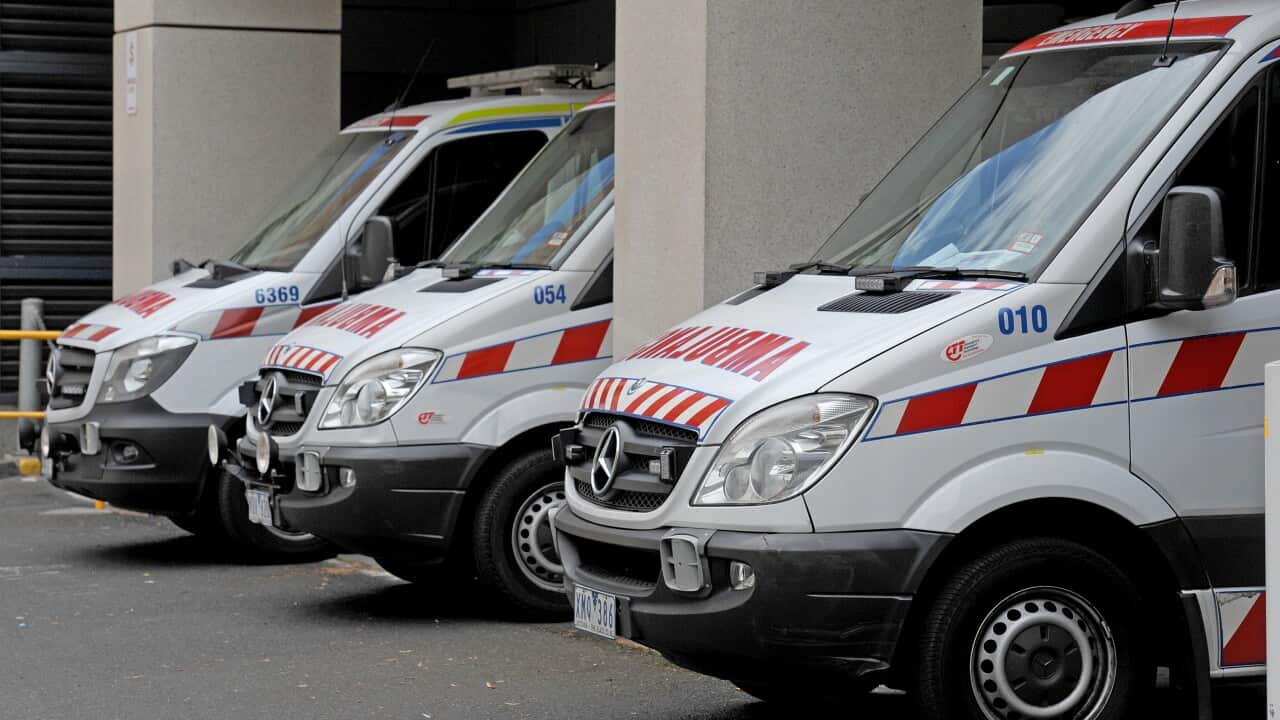Key Points
- A woman has died as Victoria records an outbreak of legionnaires’ disease.
- There have been 60 confirmed cases of the disease and most patients have been hospitalised.
- Health authorities urge people to visit their GP if they experience symptoms.
A woman has died from an outbreak of legionnaires’ disease in Melbourne as authorities warn the respiratory infection is spreading.
Victoria’s chief health officer Clare Looker said on Thursday the woman in her 90s was admitted to hospital after becoming ill on Tuesday and later died.
There have been 60 confirmed cases of legionnaires’ disease in Victoria, with 10 more suspected cases linked to the outbreak, and 66 people hospitalised as of 3pm Thursday.
How did Victoria’s outbreak begin?
Authorities believe the source of the outbreak is a in Melbourne’s west and their investigation is focusing on the suburbs of Laverton and Derrimut, Looker told reporters on Friday.
Health department officials have disinfected 41 of the 100 cooling towers in the region, with test results due back in coming days.
Looker said cases may continue to rise with a “short, sharp peak” expected, but was hopeful the source had already been stopped.
She said the outbreak was unusual due to the high bacterial load at the source and that the department was working on the assumption that the area of highest risk was within 500 metres of the cooling tower.
On Tuesday, 33 cases were confirmed, but by Thursday that number had almost doubled.
All of the patients live in or have visited Melbourne, authorities said.
Most are over 40 and many have been hospitalised, with “multiple admissions to intensive care for severe community acquired pneumonia,” according to the Victorian health department.
What is legionnaires’ disease?
Legionnaires’ disease is a type of pneumonia caused by a legionella bacterial infection of the lungs.
It cannot be spread from person to person and is not commonly spread through drinking water.
Richard Bentham, adjunct associate professor at Flinders University, said the legionella bacteria develops in warm water particles found in cooling towers or spa baths.
“Cooling towers are on many large buildings in cities … they produce a mist called drift that goes out of the top of the cooling tower and it carries the bacteria with them,” Bentham told SBS News.
The bacteria and disease were named after a Legion Convention of former soldiers in the US, where it was first discovered in 1976.
What are the symptoms of legionnaires’ disease?
Legionnaires’ disease generally appears as a chest infection, with fever, chills, cough, headache and muscle aches and pains among the most common symptoms.
Confusion, nausea, vomiting, diarrhoea and even kidney impairment are some of the disease’s atypical symptoms.
Legionnaires’ disease can lead to serious illness and cases may require hospitalisation.
Some groups are at risk of presenting more serious infections including those who are aged over 40 years, smokers, have a chronic lung disease, have a weakened immune system or may have other underlying medical conditions such as chronic heart, liver or kidney disease, and diabetes.
What should people do if they experience legionnaires’ symptoms?
People who develop legionnaires’ disease symptoms should see a GP urgently and take a urinary test to determine if they have the illness.
Hospitalisation may then be required.
A PCR test can also be used to determine if someone has the disease.
